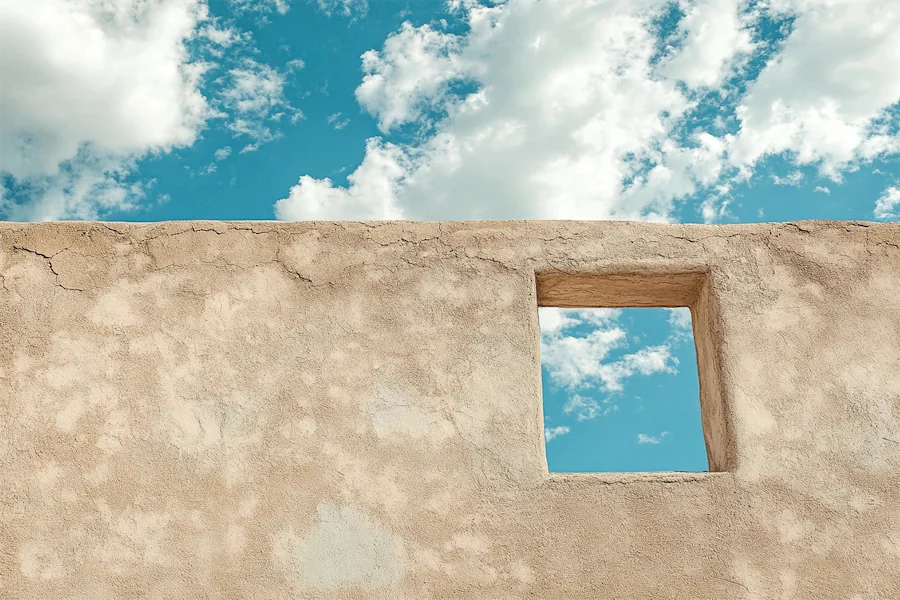Adobe walls are a traditional building method that utilizes sun-dried earth bricks, known as adobe, to create durable and energy-efficient structures. This technique has been employed for centuries in various cultures, particularly in arid and semi-arid regions.
Introduction to Adobe Walls
Adobe walls are constructed using bricks made from a mixture of clay, sand, water, and often organic materials like straw. These bricks are formed and left to dry naturally in the sun, resulting in a solid building material with excellent thermal properties.
History and Origins of Adobe Walls
The use of adobe dates back to ancient civilizations, including those in North Africa, the Middle East, and the Americas. Its prevalence in these regions is due to the availability of raw materials and the suitability of adobe structures for hot climates, as the thick walls provide natural insulation against temperature fluctuations.
Key Features of Adobe Walls
- Thermal Mass: The density of adobe allows walls to absorb heat during the day and release it at night, helping to regulate indoor temperatures naturally.
- Sustainability: Adobe is made from natural, locally sourced materials, making it an environmentally friendly building option with a low carbon footprint.
- Acoustic Insulation: The thickness and composition of adobe walls provide effective sound insulation, creating a quiet and serene indoor environment.
- Aesthetic Appeal: Adobe walls offer a rustic and timeless appearance, often featuring natural earth tones that blend harmoniously with the surrounding landscape.
Applications of Adobe Walls
- Residential Structures: Homes built with adobe benefit from energy efficiency and a comfortable indoor climate, particularly in regions with significant temperature variations between day and night.
- Boundary Walls: Adobe is also used for constructing garden walls and other outdoor structures, providing privacy and blending seamlessly with natural surroundings.
Considerations When Choosing Adobe Walls
- Climate Suitability: Adobe is best suited for dry climates; in areas with high rainfall, additional protective measures like plaster coatings are necessary to prevent erosion.
- Structural Limitations: Due to its weight and material properties, adobe is typically used for low-rise constructions, usually not exceeding two stories.
- Maintenance: Regular upkeep, such as reapplying protective coatings, is essential to preserve the integrity and appearance of adobe walls.
- Building Codes: It’s important to consult local regulations, as some areas have specific requirements for adobe construction, especially concerning seismic considerations.
Conclusion
Adobe walls represent a harmonious blend of traditional building practices and sustainable living. Their natural insulating properties and aesthetic charm make them a viable option for eco-conscious builders seeking to create comfortable and environmentally friendly structures.
